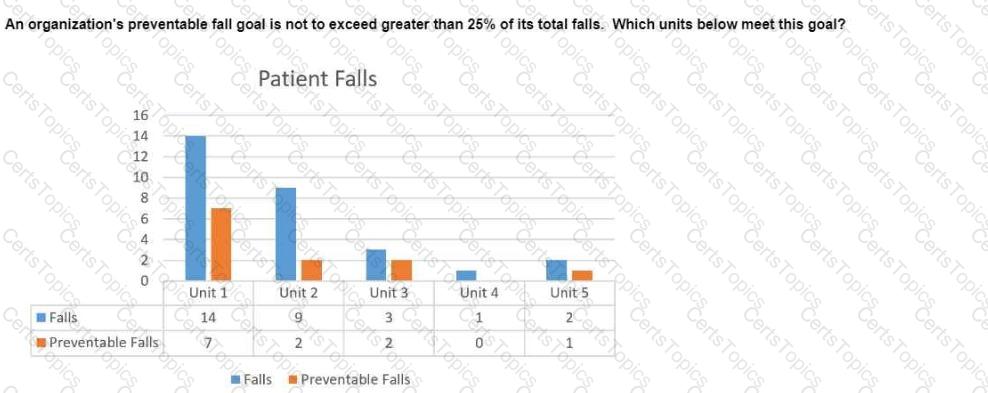A critical path is a project management tool used to identify the sequence of tasks that determine the project’s duration, ensuring efficient completion.
Option A (Change third party reimbursement): Critical paths are unrelated to reimbursement, which is a financial function.
Option B (Improve the delivery of service): This is the correct answer. The NAHQ CPHQ study guide states, “A critical path is used to optimize the sequence of tasks in a process, improving service delivery by reducing delays and ensuring efficiency” (Domain 4). For example, it streamlines patient flow in surgery.
Option C (Develop mandated contracts): Contracts are administrative, not related to critical path methodology.
Option D (Decrease incident reports): Incident reduction may result from improved processes, but it is not the primary purpose of a critical path.
CPHQ Objective Reference: Domain 4: Performance and Process Improvement, Objective 4.3, “Use project management tools,” includes critical paths for process optimization. The NAHQ study guide notes, “Critical paths enhance service delivery by streamlining task sequences” (Domain 4).
Rationale: Improving service delivery through efficient task sequencing is the primary purpose of a critical path, as per CPHQ’s improvement principles.
[Reference: NAHQ CPHQ Study Guide, Domain 4: Performance and Process Improvement, Objective 4.3., , , , ]
